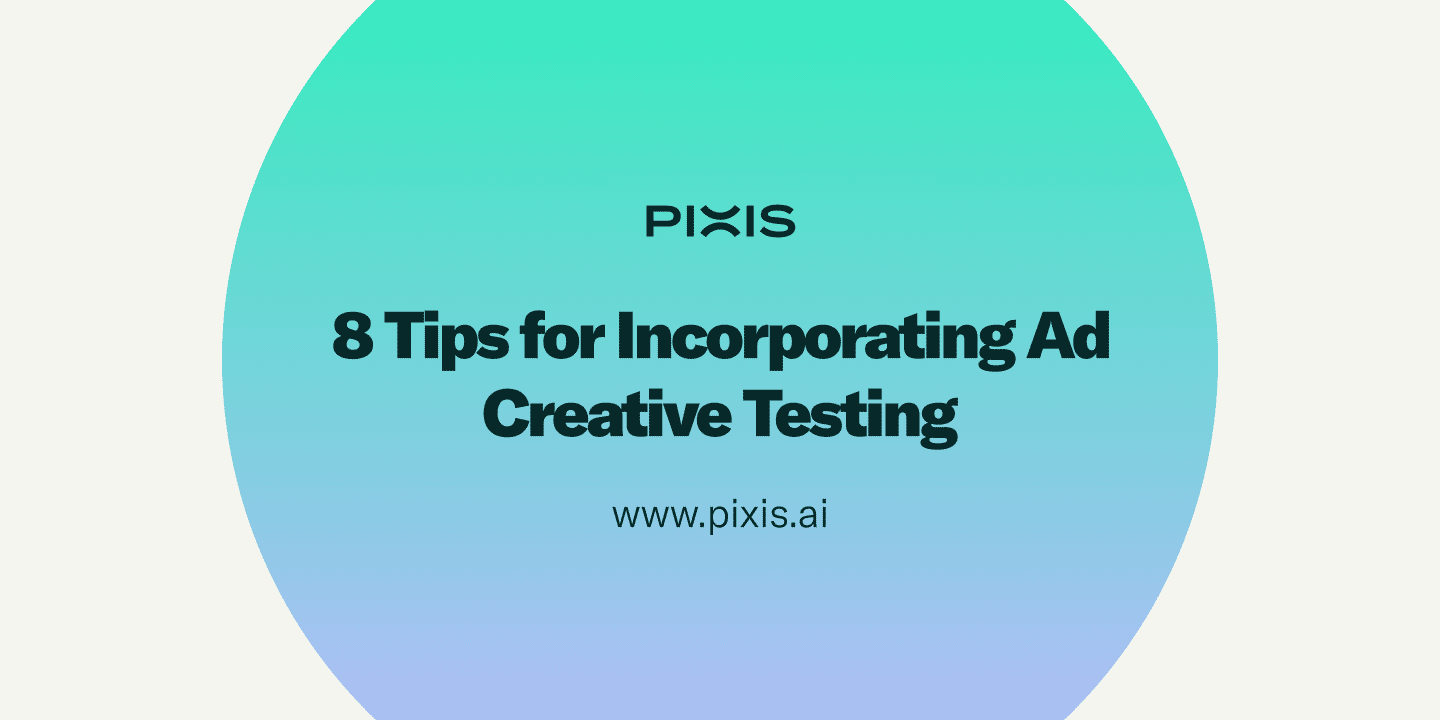Blog
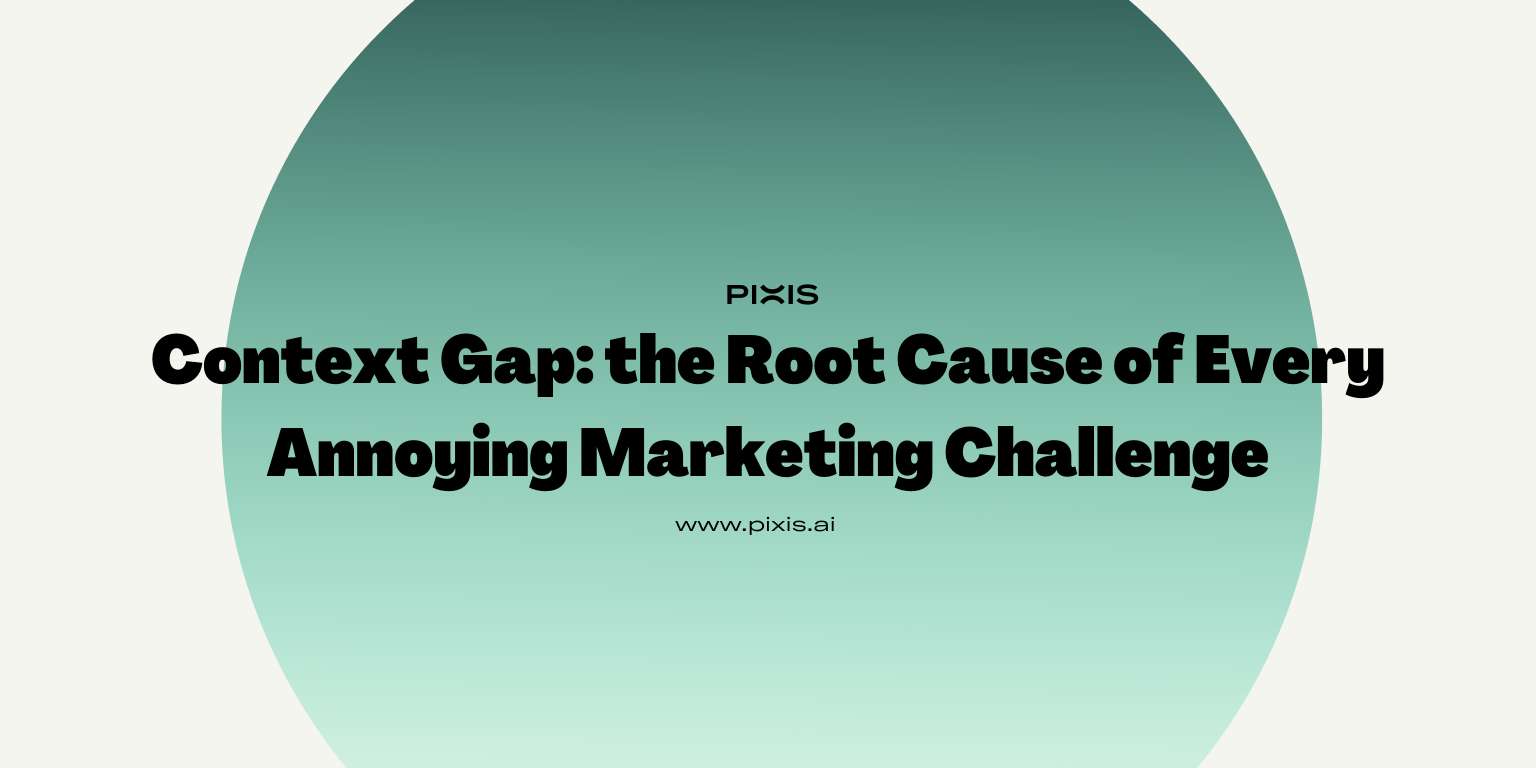
Context Gap: the Root Cause of Every Annoying Marketing Challenge
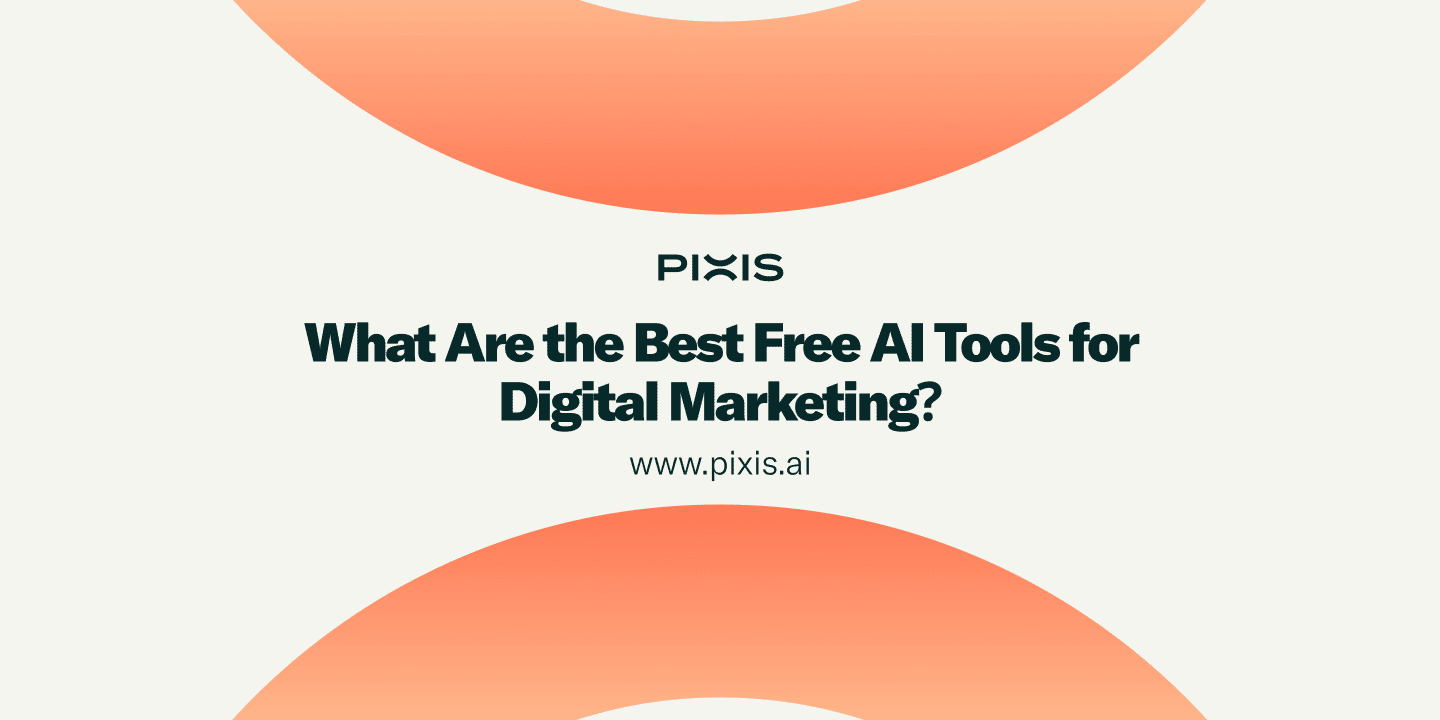
What Are the Best Free AI Tools for Digital Marketing?
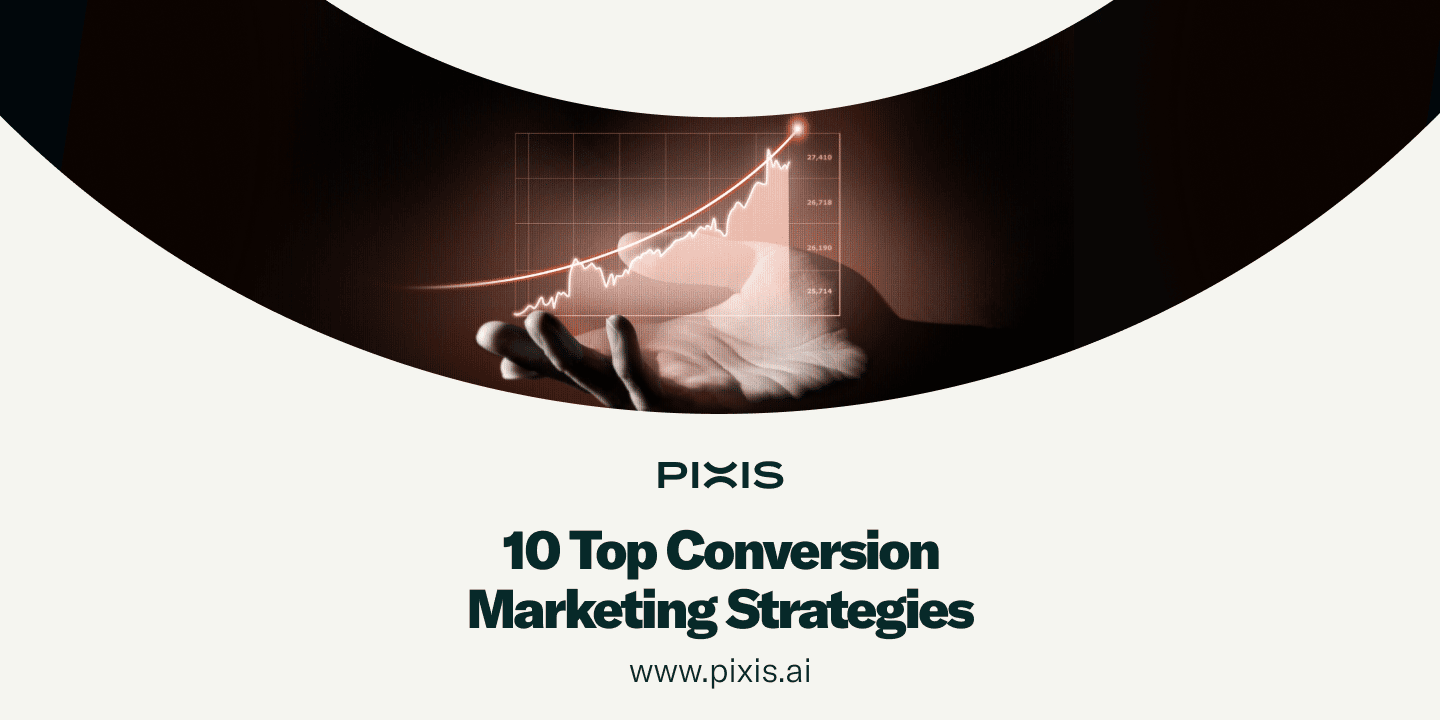
10 Top Conversion Marketing Strategies
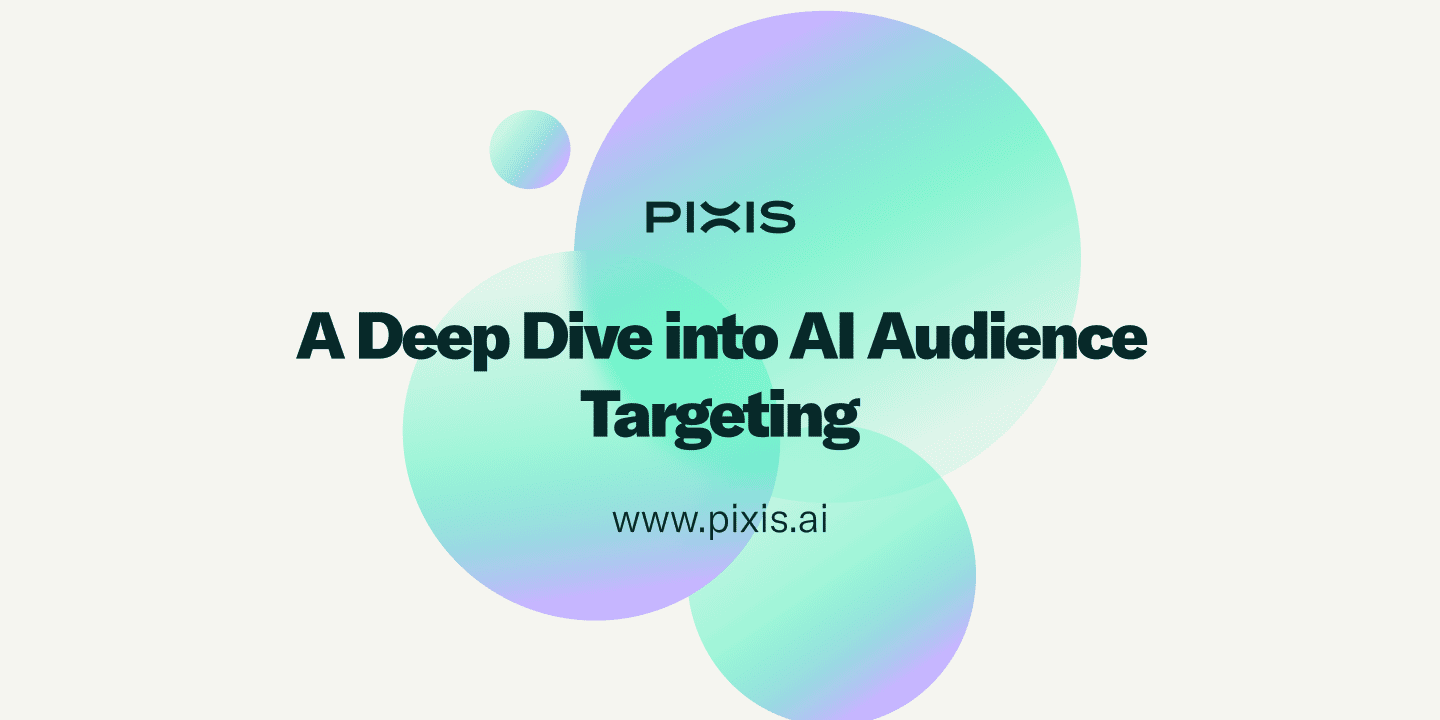
A Deep Dive into AI Audience Targeting

Your LLM Sucks at Marketing, But That’s About to Change

13 Unspoken Meta Ads Secrets (Until Now)
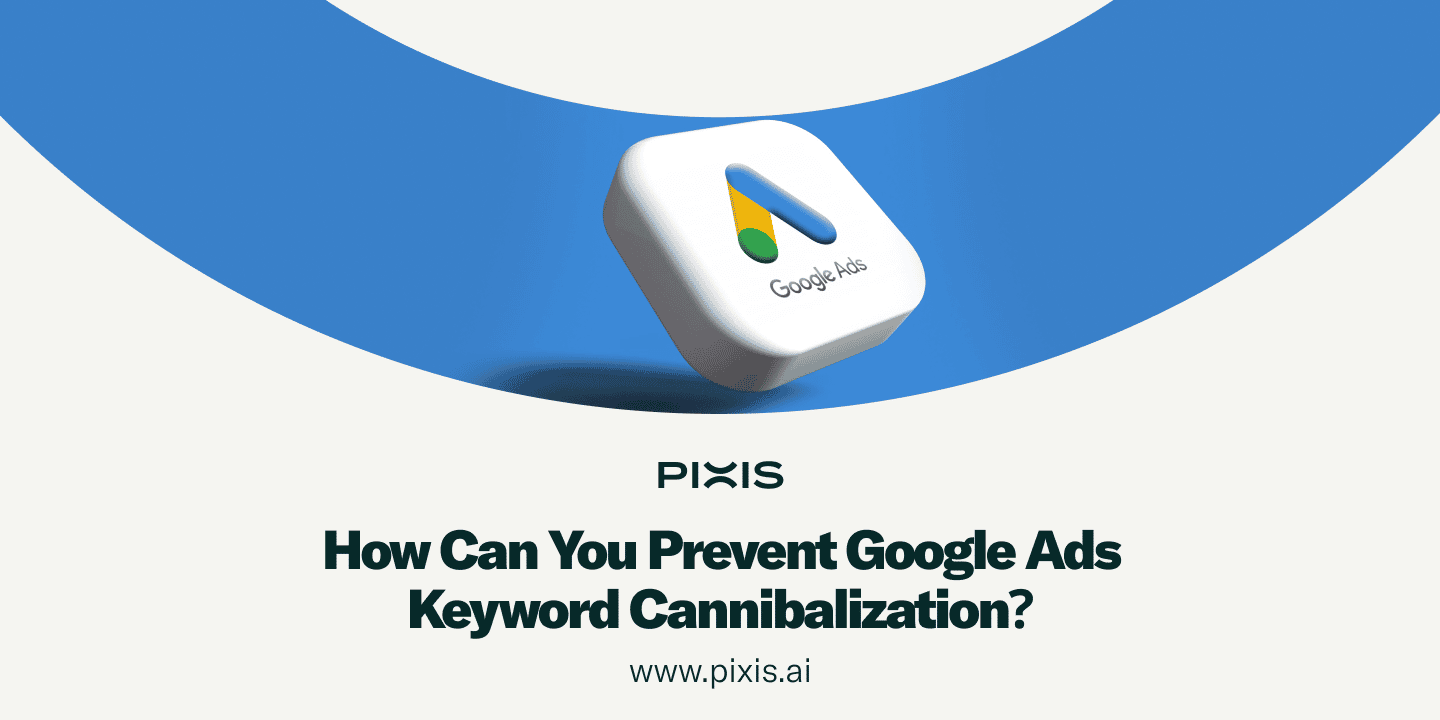
How Can You Prevent Google Ads Keyword Cannibalization?

How to Use Ad Pre-Testing in Your Campaigns
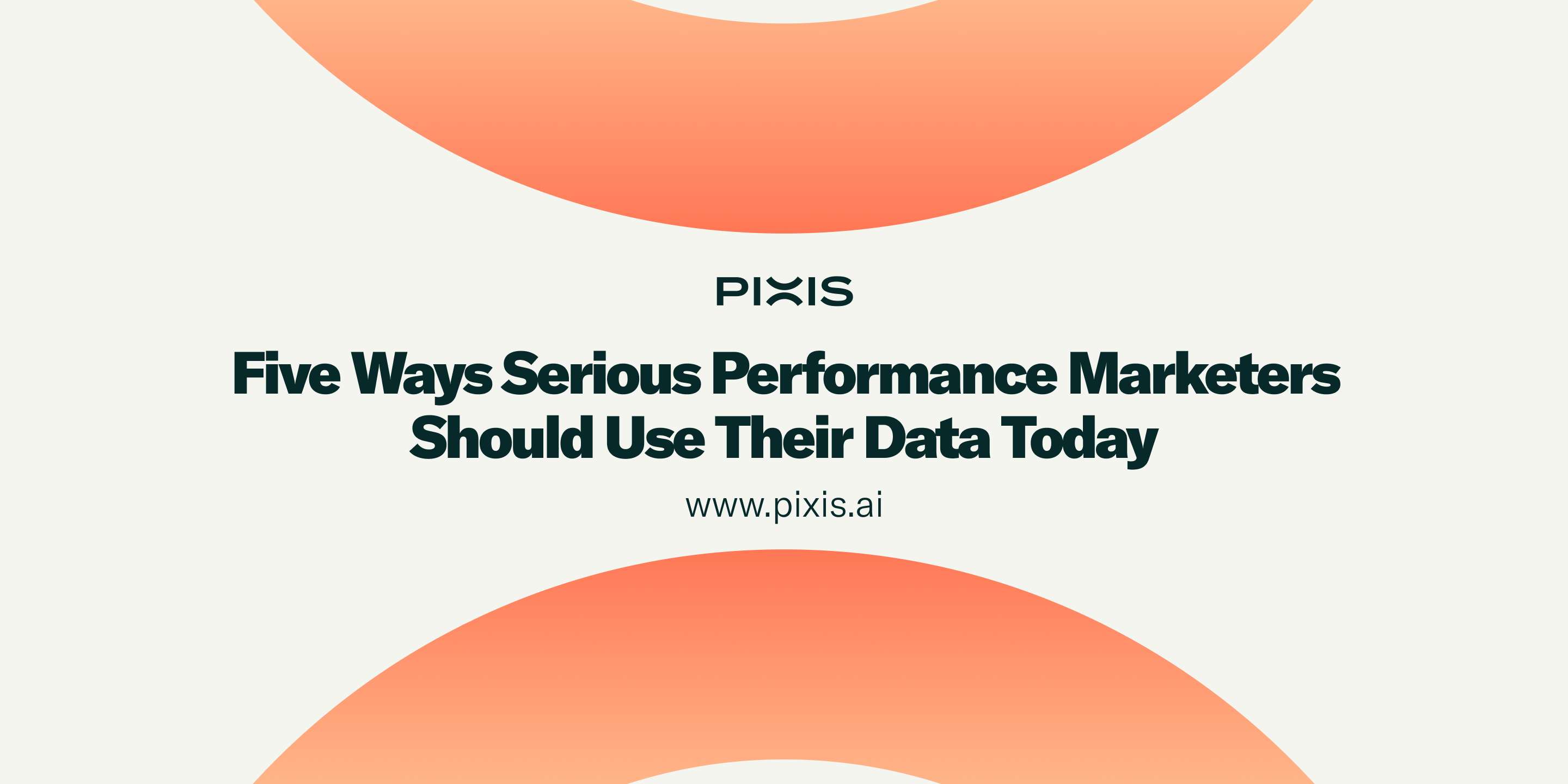
Five Ways Serious Performance Marketers Should Use Their Data Today
